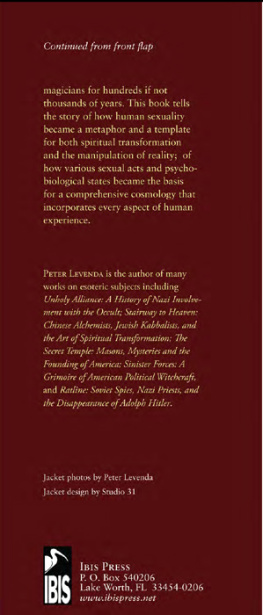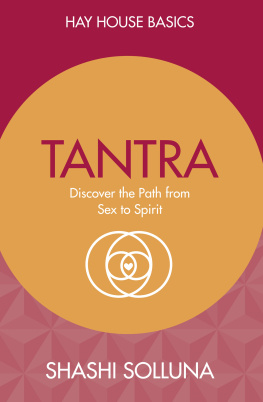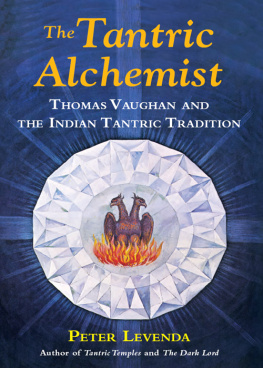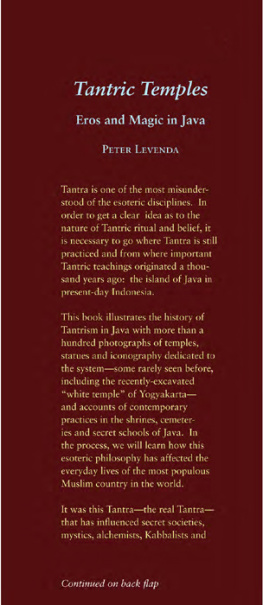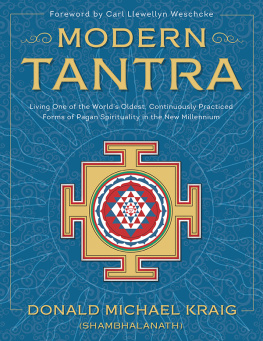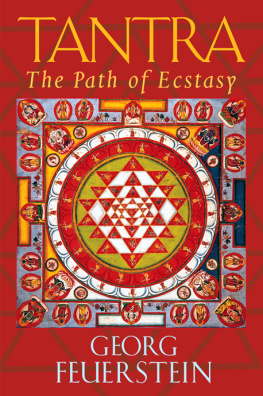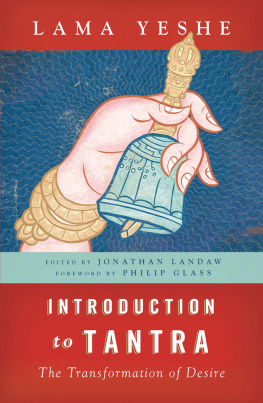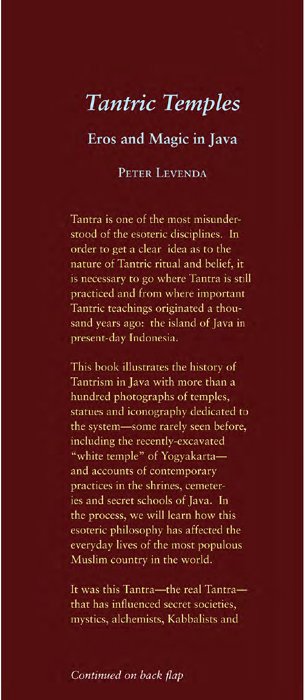
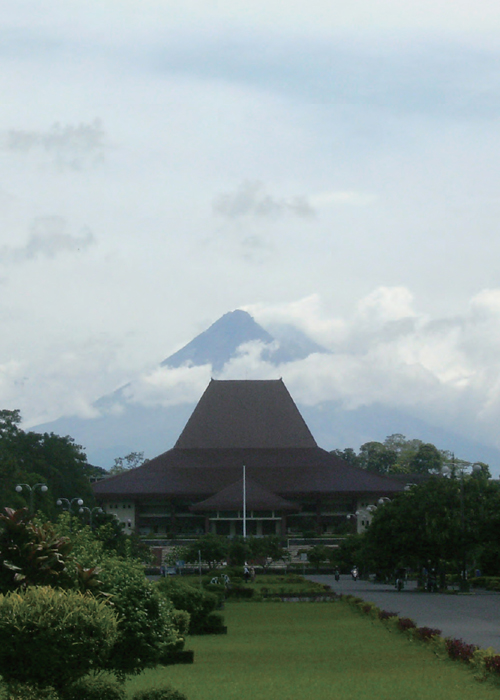

Published in 2011 by Ibis Press
An imprint of Nicolas-Hays, Inc.
P. O. Box 540206
Lake Worth, FL 33454-0206
www.ibispress.net
Distributed to the trade by
Red Wheel/Weiser, LLC
65 Parker St. Ste. 7
Newburyport, MA 01950
www.redwheelweiser.com
Copyright 2011 by Peter Levenda
All rights reserved. No part of this publication may be reproduced or transmitted in any form or by any means, electronic or mechanical, including photocopying, recording, or by any information storage and retrieval system, without permission in writing from Nicolas-Hays, Inc. Reviewers may quote brief passages.
ISBN 978-089254-169-0
Library of Congress Cataloging-in-Publication Data
Levenda, Peter.
Tantric temples : eros and magic in Java / Peter Levenda.
p. cm.
Includes bibliographical references and index.
Summary: A history of tantra in Java and its origin and practice and how it has influenced and interacted with Tibetan Tantra, Hindu mysticism and Sufi Islam and Western sexual magical practices. Illustrated with full color photos of old and newly excavated and uncovered temples, along with with statues and iconography dedicated to practices in shrines, cemeteries and secret schools.Publisher's description.
ISBN 978-0-89254-169-0 (alk. paper)
1. TantrismIndonesiaJavaHistory. 2. Tantric BuddhismIndonesiaJavaHistory. 3.SexReligious aspectsTantrism. 4. Hindu templesIndonesiaJava. 5. Buddhist templesIndonesiaJava. 6. Java (Indonesia)Religion. I. Title.
BL1283.835.I52J335 2011
204'.46dc23
2011033581
Book design by Studio 31.
www.studio31.com
Printed in China
FRONTISPIECE: This is a view of the volcanic eruption that struck Merapi in 2010 as the author was completing this book. The building in the foreground is the Universitas Gadjah Mada (UGM), the Harvard of Indonesia. Many of the Temples shown in this book were damaged by being covered in volcanic ash. Experts grieve over the setback to their efforts in uncovering and preserving these ancient treasures. The White Temple at Candi Kimpulan was uncovered in late 2009 just before the latest eruption and has since been covered again. Borobudur has also been damaged.
www.redwheelweiser.com
www.redwheelweiser.com/newsletter
Magic is merely eroticism applied, directed, and aroused by its performer.
IOAN COULIANO
Ioan P. Couliano, Eros and Magic in the Renaissance (Chicago: University of Chicago Press, 1987), p. xviii.
ACKNOWLEDGMENTS
This is always the trickiest part of any book. So many people have influenced the process of writing a book that it is impossible to credit all of them. Like most writers, I always credit family and friends and then realize that I have enlarged my social sphere in the act of creating a book to the extent that new friends are made and new families formed, all while I wasn't looking.
With that in mind, then, I happily acknowledge the impact made on this project by Donald Weiser and Yvonne Paglia, who recognized the value in such a study very early on and encouraged me to write what would become an investigation of Tantra as well as of the amazing Tantric temples of Java; and by James Wasserman, whom I have known for more decades than either of us cares to count, and whose unerring eye for the aesthetics of book publishing has contributed to this volume in an immediately obvious way.
To Nina Rojas, for her early and steady support.
To Sophie Anderson, for the same.
To my two Indonesian colleagues, without whom I would have never known that there were such things as Tantric temples in Java and who kindly and patiently led me by the hand to visit them and photograph them: Sita Hidayah and Wilis Rengganiasih Endah Ekowati, the former a brilliant professor of anthropology and the latter an expert in the very strange and wonderful dance I describe in chapter eight. Semangat!
To Jean-Pascal Elbaz, of Sangam Restaurant (easily the best Indian restaurant in Yogyakarta), who co-authored a remarkable trilingual guidebook to the temples and who suggested that I visit Candi Ijo which I'm glad he did, since it contributed some very strange experiences to this study.
To Mr. and Mrs. Brian Geubtner, of the Pittsburgh and Brooklyn Geubtners.
To Monstracita and her faithful if snide companion, Pit Pitico.
To the Luce Foundation, which financed my first academic trip to Indonesia in 2007, and to the (sometimes) embattled Religious Studies Department of Florida International University: Venceremos!
And, in the same spirit, to Universitas Gadjah Madathe Harvard of Indonesiawhich tolerates the intrusion of many dazed and inquiring minds from abroad such as my own.
And finally to the people of Yogyakarta, Indonesia who suffered so much during the devastating eruption of Mount Merapi that took place in October 2010 while I was finishing this book, I dedicate this humble endeavor and hope that it will encourage more foreigners to visit Indonesia and especially Yogyakarta.
CONTENTS
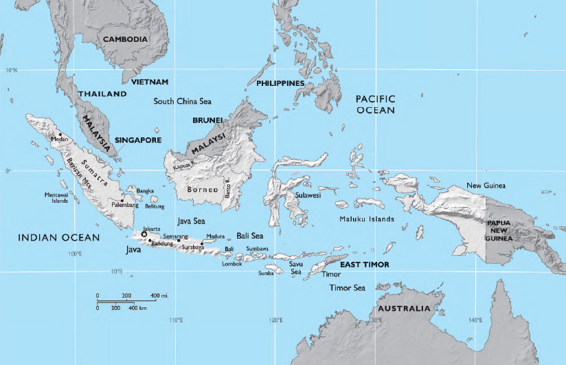
INTRODUCTION
In his Essential Tibetan Buddhism, renowned Tibetan scholar and chair of the Religion Department at Columbia University Robert A. F. Thurman made several references to the fact that Atisha Dipamkara Shrijnana (9821054), the Lord Master and one of the Three Most Gracious Living Buddhas in Tibetan Buddhist religion and legend, actually lived for a number of years in Java before returning to Tibet to revitalize the teaching there and overcome a period of spiritual stagnation at the hands of secular rulers and misinformed or malicious teachers.
There is some controversy over the allegation that Atisha spent time in Java, however, and this is an example of the type of historical ambiguity we will encounter from time to time in this study of Tantra in Asia. Until recently, most historians were of the opinion that Atisha never made it as far as Java, but studied in Sumatra at the feet of a Buddhist sage in the capital of the kingdom of Survarnadvipa, most likely today's city of Palembang. Sumatra is another large island in what is now the Indonesian archipelago, but that is culturally and linguistically rather distinct from Java. Recent scholarship, however, tends to accept that the kingdom where Atisha lived during his sojourn in Indonesia was in the region of Kalasa, an ancient capital of Survarnadvipa, which itself may have comprised all of Sumatra, parts of Java, and parts of other islands in the archipelago. There is a temple called Candi Kalasa in the Sultanate of Yogyakarta, and an inscription linking it to the worship of the Goddess Tara. Thisalong with other textual and archaeological evidencetends to support a Javanese locus for Atisha's instruction and initiation.
This may seem like nit-picking, but since no Indonesian would mistake a Javanese for a Sumatran, it is worthwhile to point this out. Thurman makes that statement concerning Atisha's stay in Java several times in his excellent introduction to Tibetan Buddhism. It was Atisha's intensive period of meditation and study in Java that enabled him to bring not only the genuine teachings of Tantric Buddhism back to Tibetincluding the seven-step meditation practice known as Tong Lenbut also the worship of the Green Goddess, Tara.
Next page
